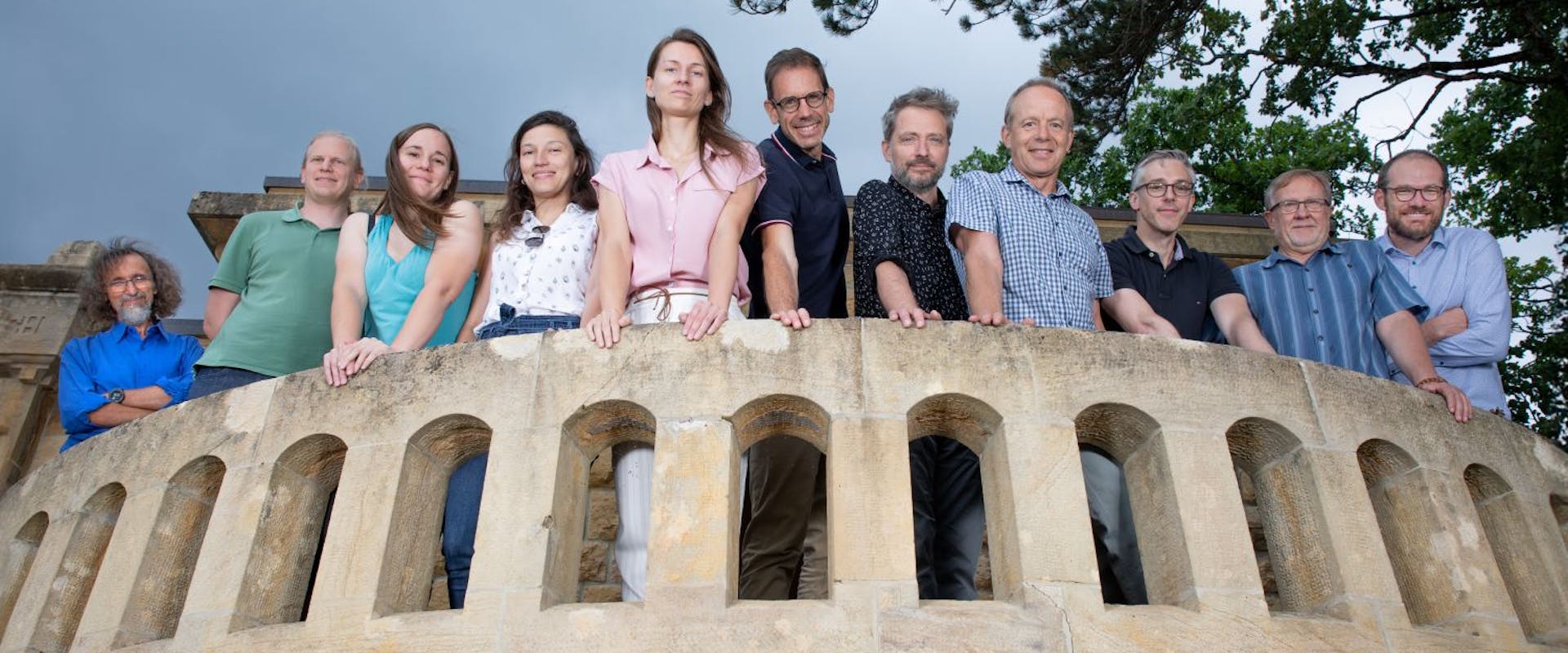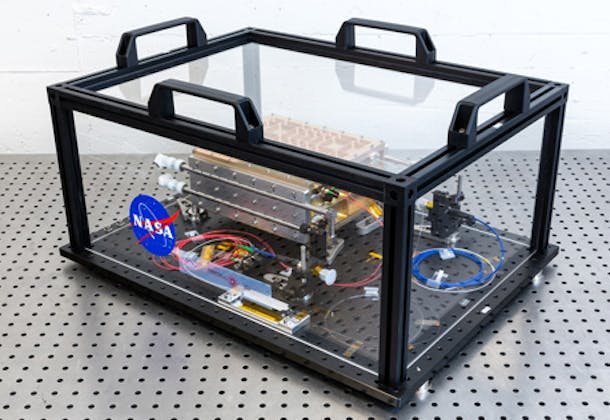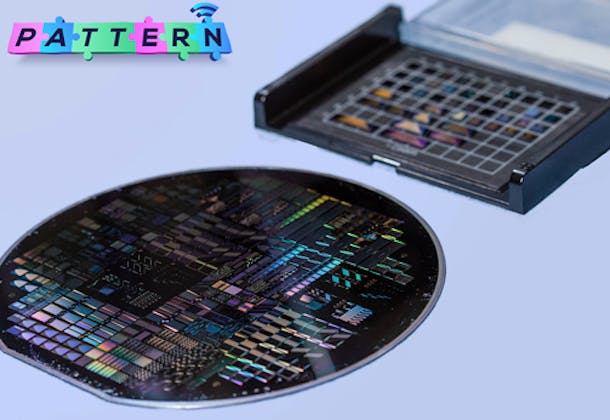Decoding the secrets of distant worlds: Swiss collaboration to help elevate exoplanet research to new heights
The quest to unravel the universe's mysteries takes a leap forward as the Near Infra Red Planet Searcher (NIRPS) consortium, jointly managed by the University of Geneva’s (UNIGE) Department of Astronomy and the University of Montreal, has received a cutting-edge boost from CSEM's laser frequency comb technology. This laser frequency comb, a precise and stable light source, has now joined the instrumentation lineup at the European Southern Observatory's (ESO) La Silla Observatory in Chile. Its mission: to help the NIRPS consortium unlock distant planets’ hidden details, including the possibility of finding traces of extraterrestrial life. Through this collaborative endeavor, humanity's grasp on the cosmos is poised to expand beyond imagination.



